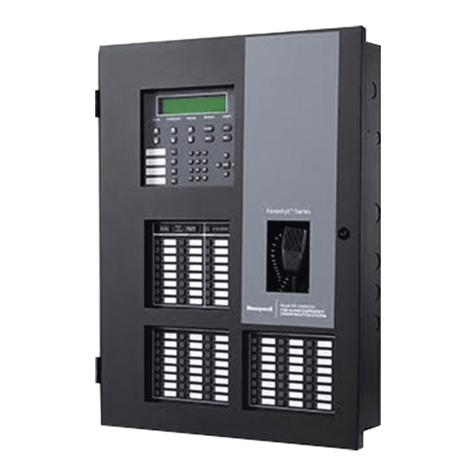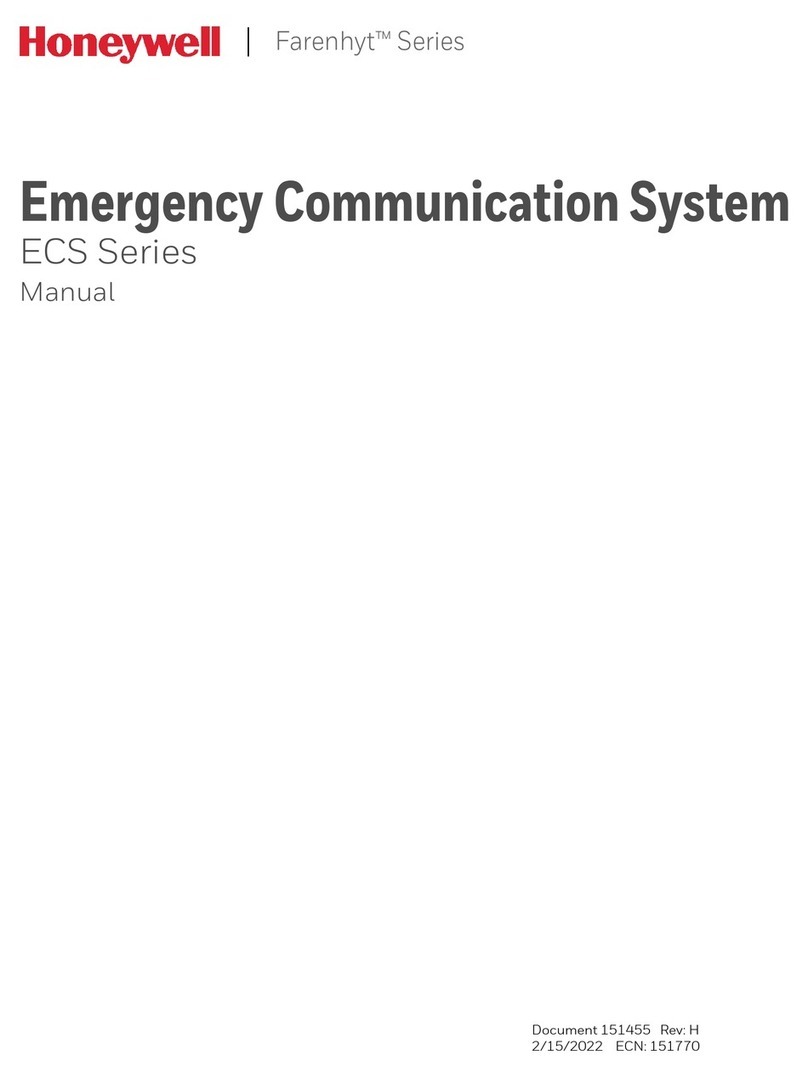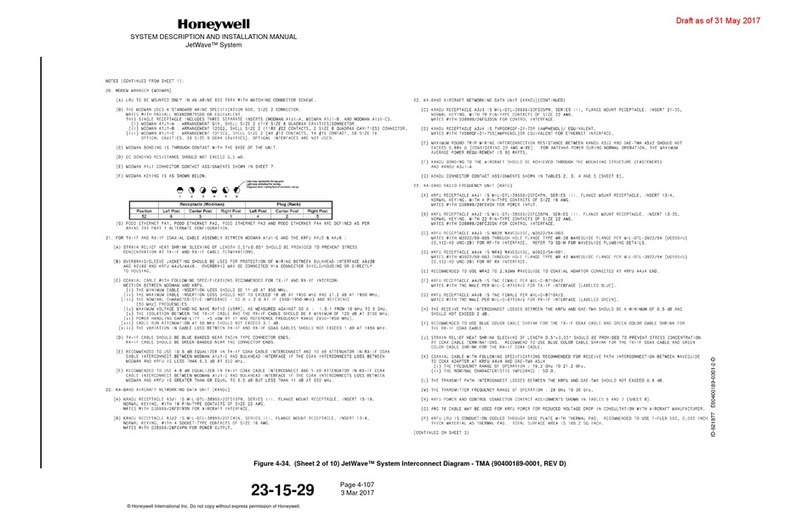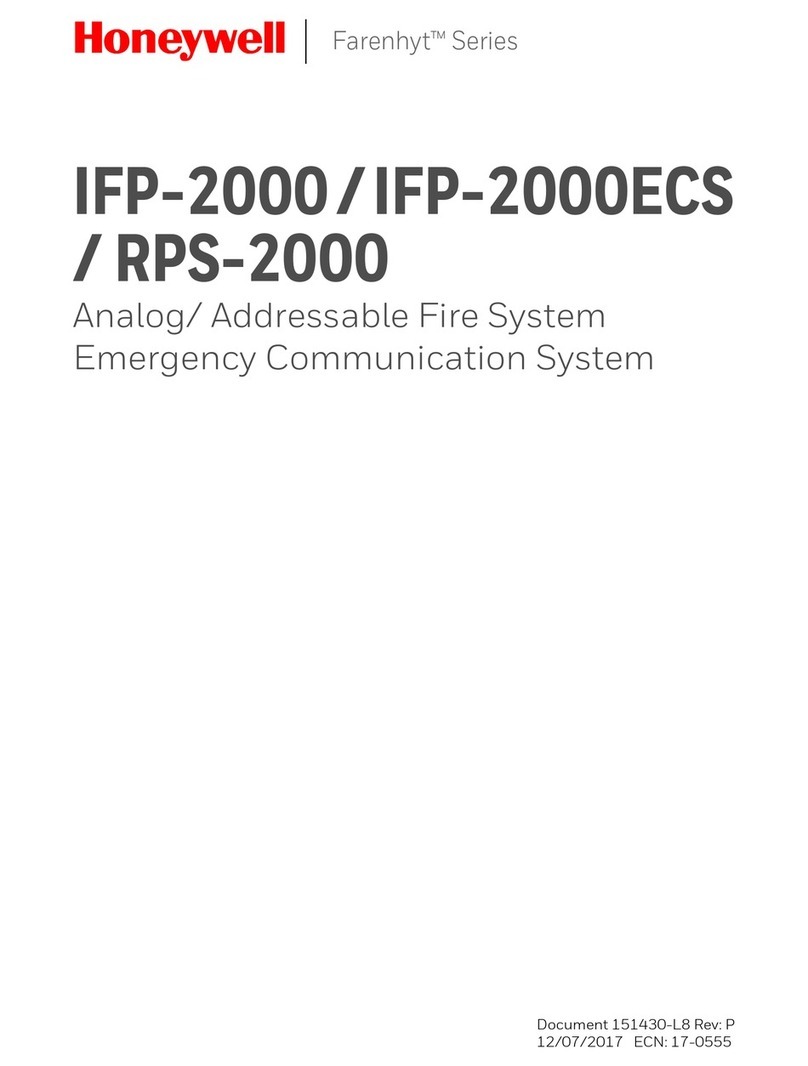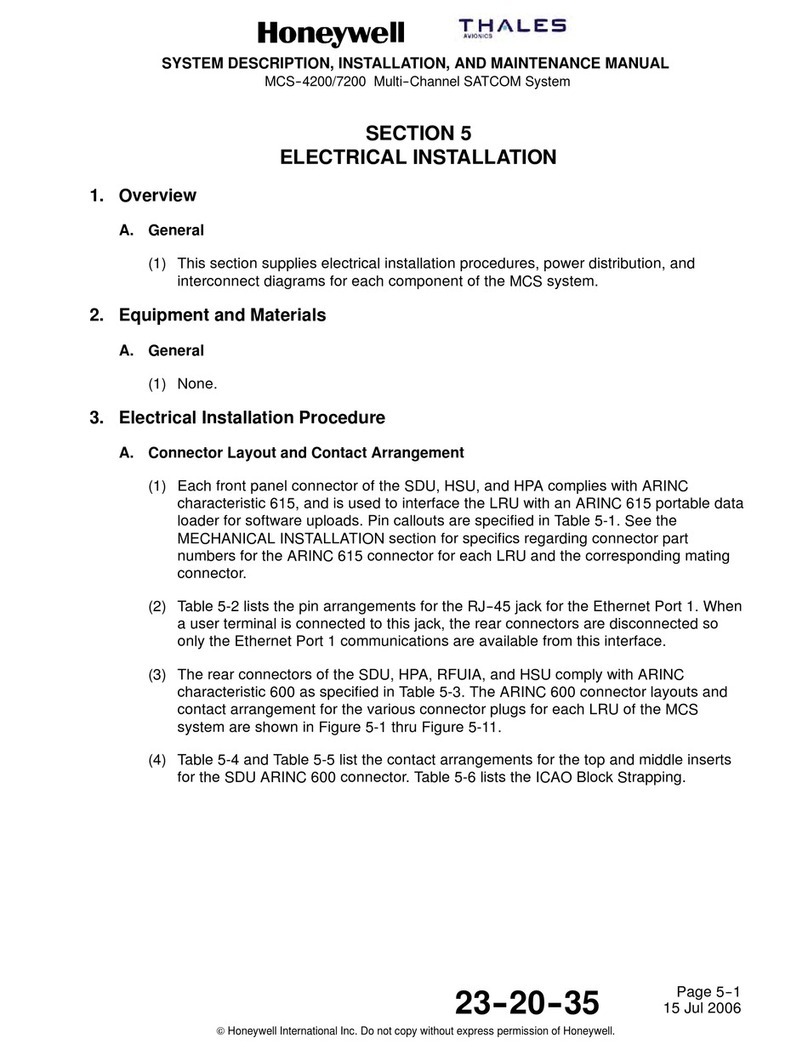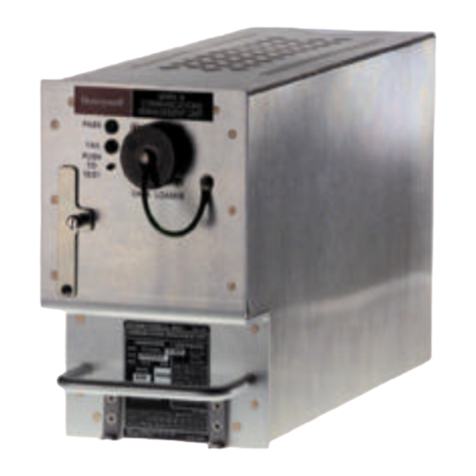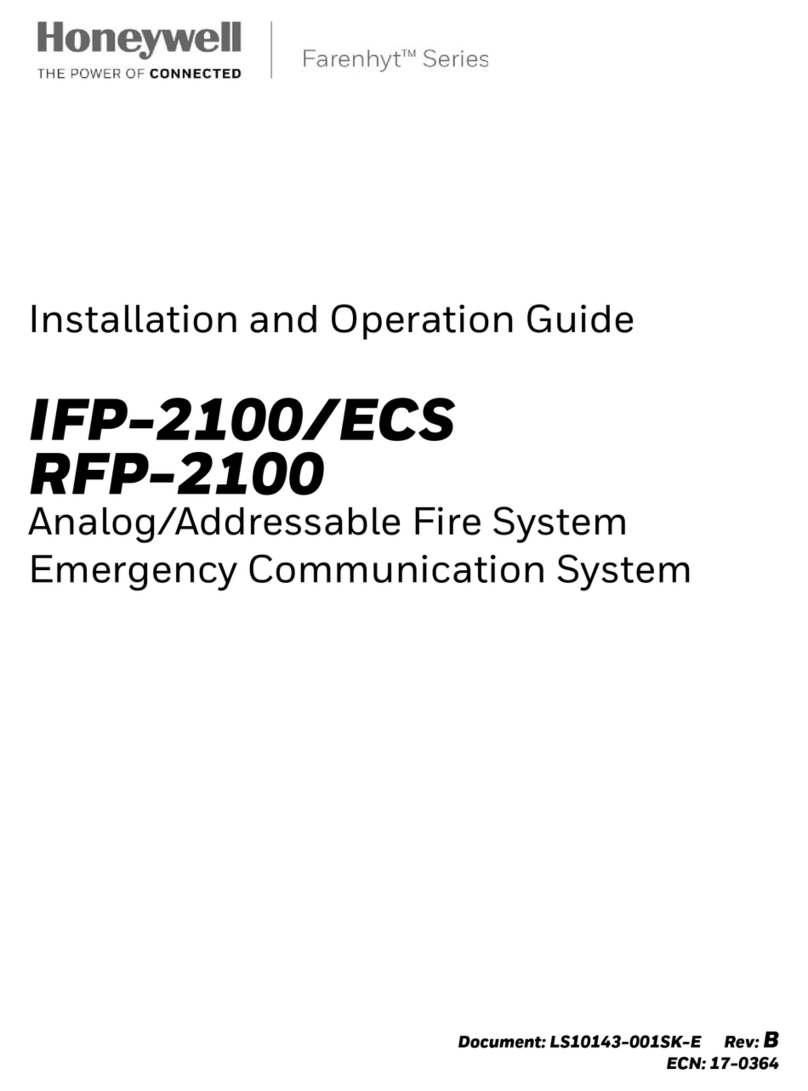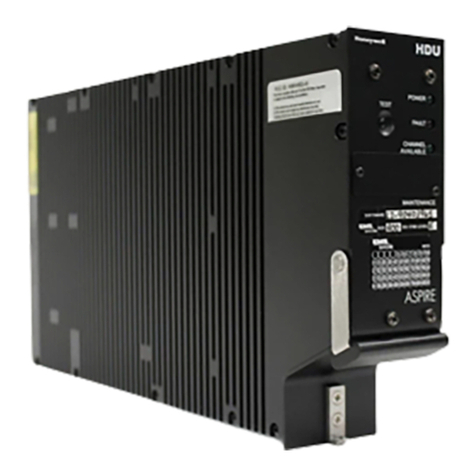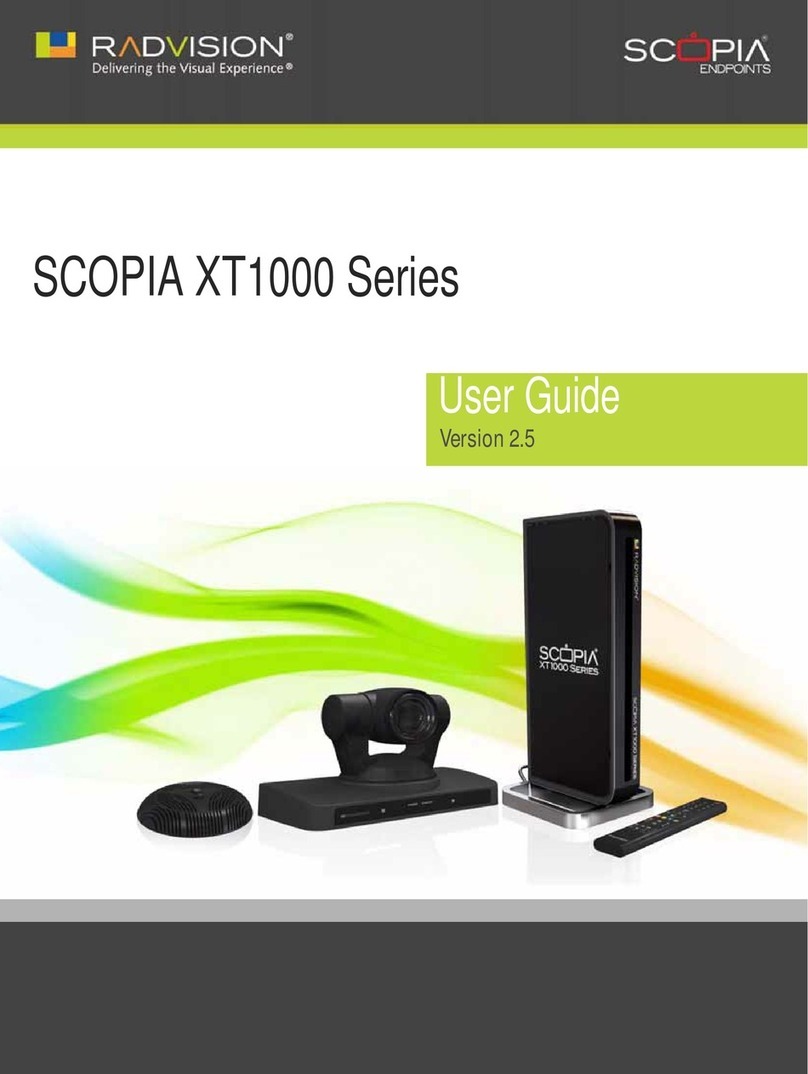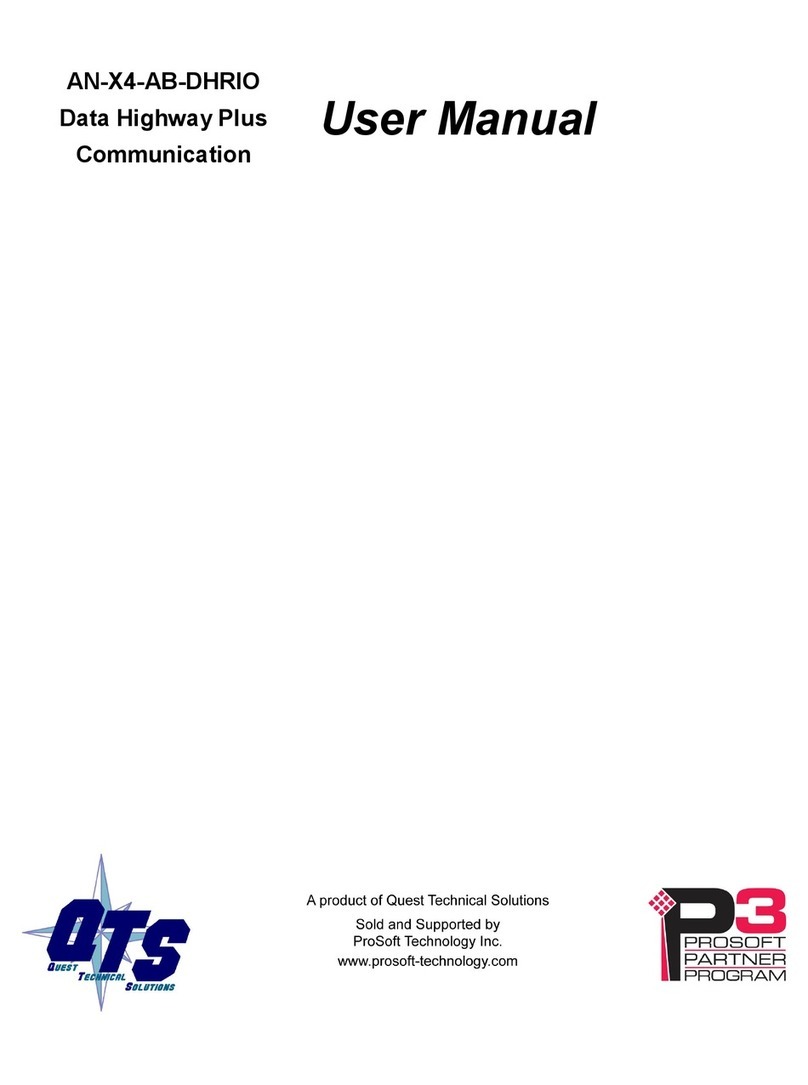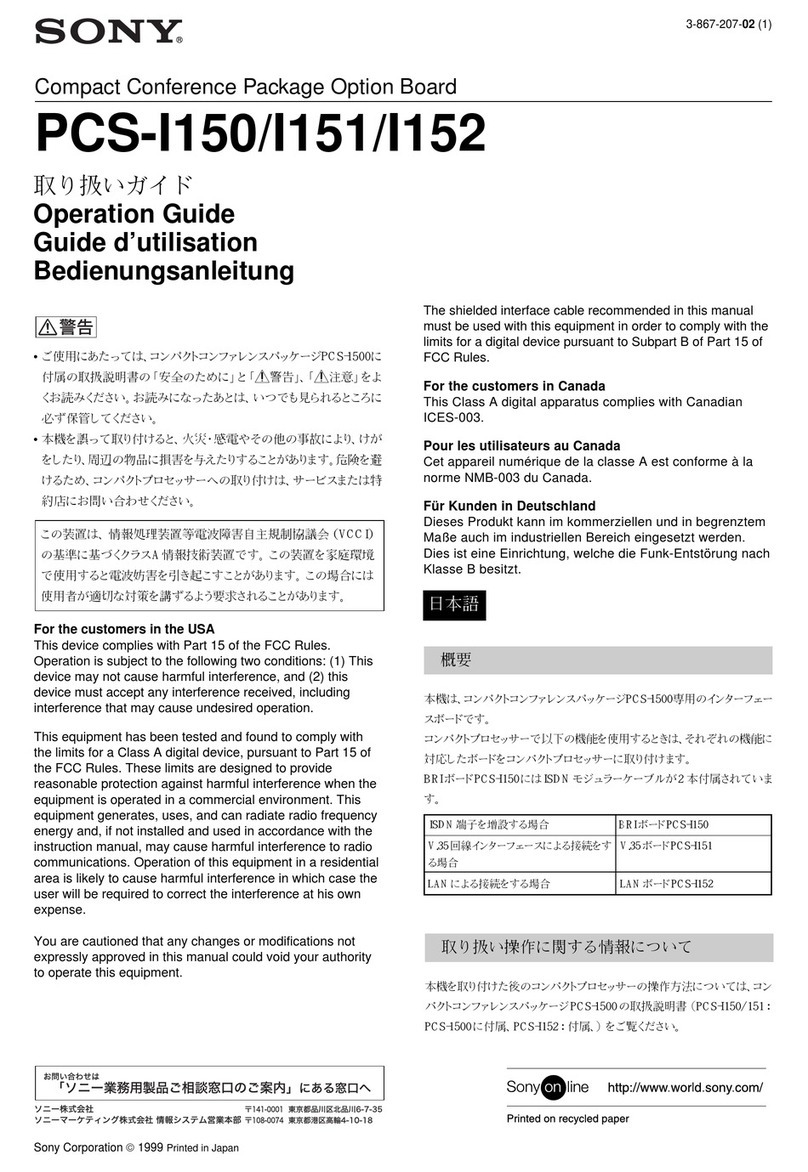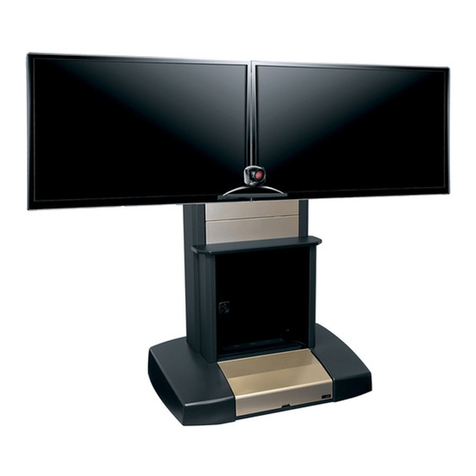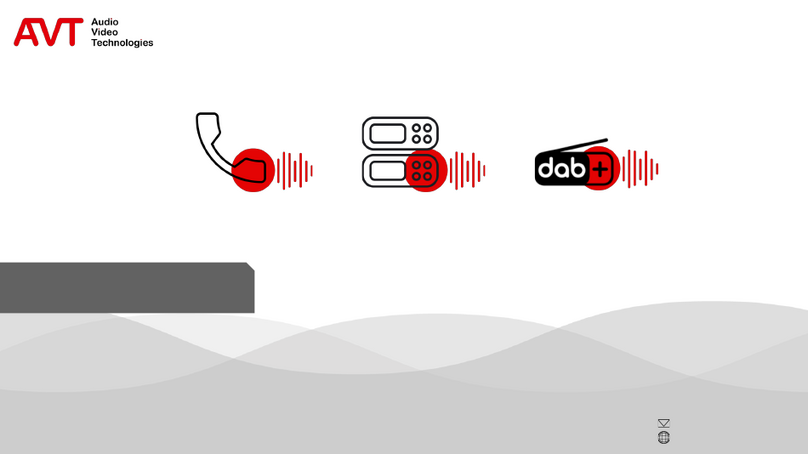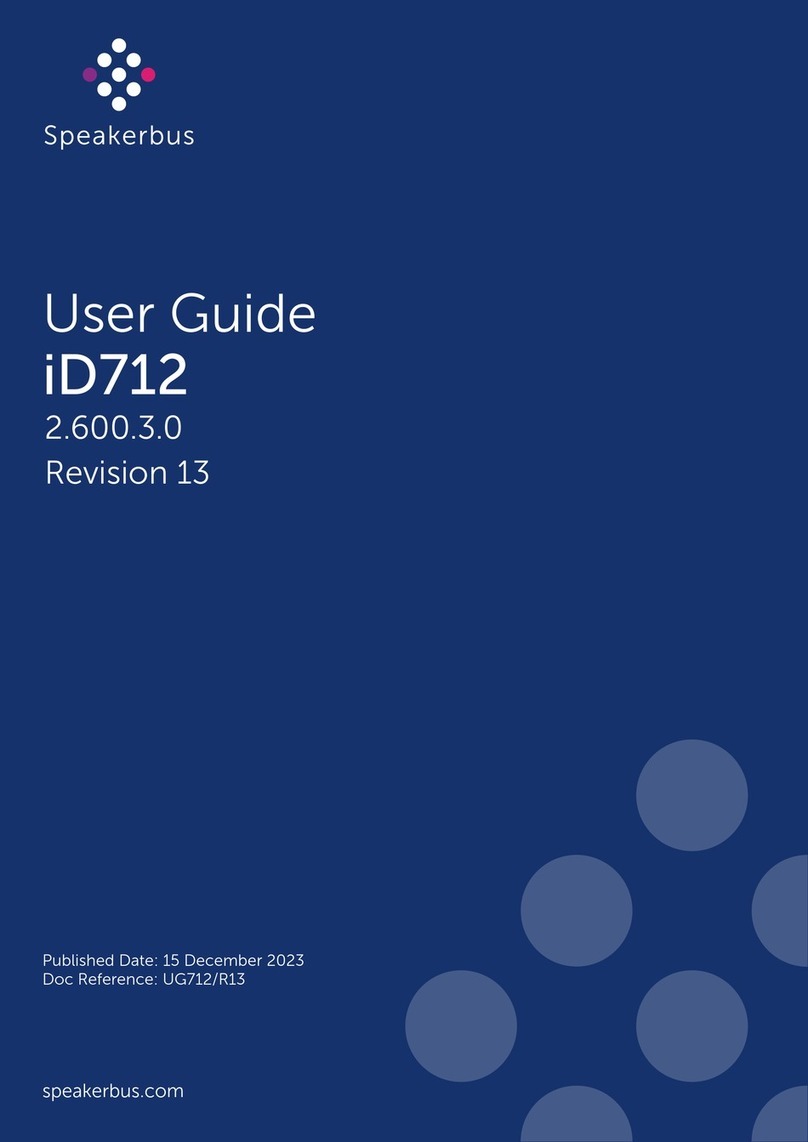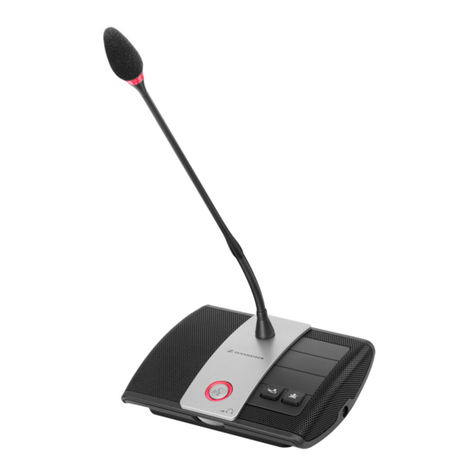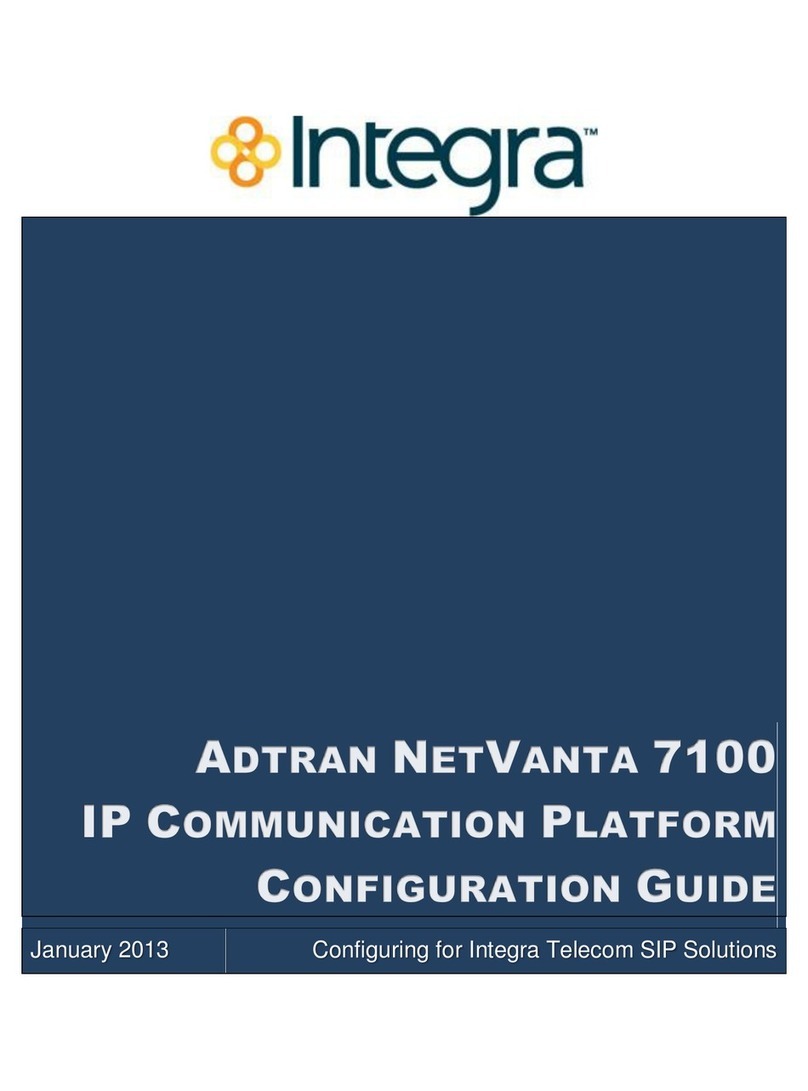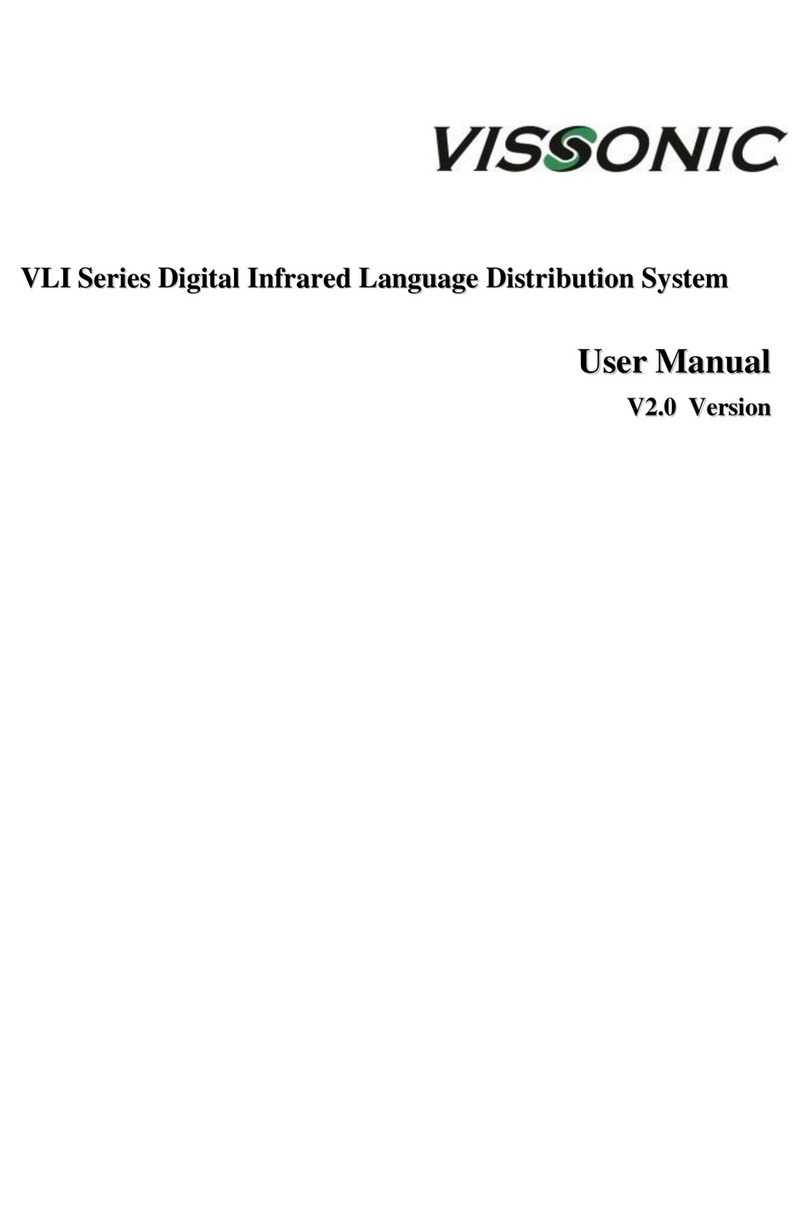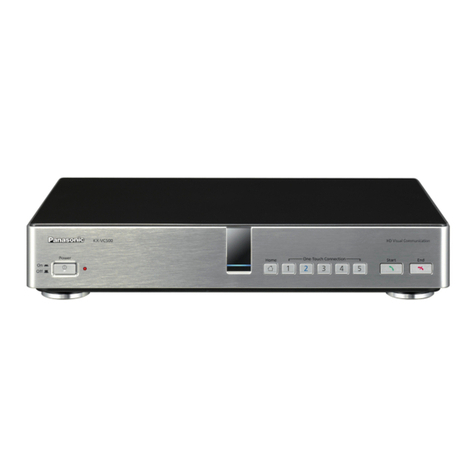Table of Contents
1 SYSTEM DESCRIPTION .......................................................................................................................... 7
2 GETTING STARTED.................................................................................................................................. 9
2.1 CHARGING THE BATTERY........................................................................................................ 9
2.2 CONNECT CABLES .................................................................................................................. 9
2.3 FITTING HEADSET AND EARTIPS ............................................................................................. 9
2.4 STARTING UP THE UNIT ......................................................................................................... 11
2.5 SHUTTING DOWN THE UNIT .................................................................................................. 12
3 MENU ..................................................................................................................................................... 12
3.1 NAVIGATION............................................................................................................................ 12
3.2 MENU OVERVIEW ................................................................................................................... 13
3.3 MENU VOLUME....................................................................................................................... 14
3.4 MENU LANGUAGE.................................................................................................................. 14
4 HEAR-THROUGH................................................................................................................................... 14
5 DIGITAL ACTIVE NOISE REDUCTION (ANR) ......................................................................................... 14
6 INDICATOR LIGHTS ............................................................................................................................... 14
7 RADIO INTERFACE ................................................................................................................................ 15
7.1 SETTING RADIO VOLUME....................................................................................................... 15
7.2 COMMUNICATION KEYING MODE.......................................................................................... 15
7.3 EARMUFF MODE..................................................................................................................... 16
8 FIT TEST................................................................................................................................................. 16
9 HOT KEYS.............................................................................................................................................. 17
10 DOSE MEASUREMENTS ..................................................................................................................... 17
11 BATTERY/CHARGING.......................................................................................................................... 18
11.1 BATTERY STATUS ................................................................................................................. 18
11.2 LOW BATTERY WARNING..................................................................................................... 18
11.3 AUTOMATIC SHUTDOWN ..................................................................................................... 18
11.4 CHARGING THE BATTERY.................................................................................................... 18
11.5 REPLACING THE BATTERY................................................................................................... 19
12 ACCESSORIES..................................................................................................................................... 20
12.1 EXTERNAL MICROPHONE .................................................................................................... 20
13 ERROR AND WARNING CONDITIONS REPORTED BY THE CONTROL UNIT................................... 21
14 MAINTENANCE AND STORAGE.......................................................................................................... 22
15 RECYCLING AND DISPOSAL .............................................................................................................. 22
16 SERVICE AND SUPPORT .................................................................................................................... 22
17 TROUBLESHOOTING GUIDE .............................................................................................................. 22
18 ATTENUATION DATA ............................................................................................................................ 25
18.1 EN ......................................................................................................................................... 25
18.2 ANSI ...................................................................................................................................... 26
18.3 AS/NZS.............................................................................................................................................. 26
19 REACH COMPLIANCE......................................................................................................................... 27
